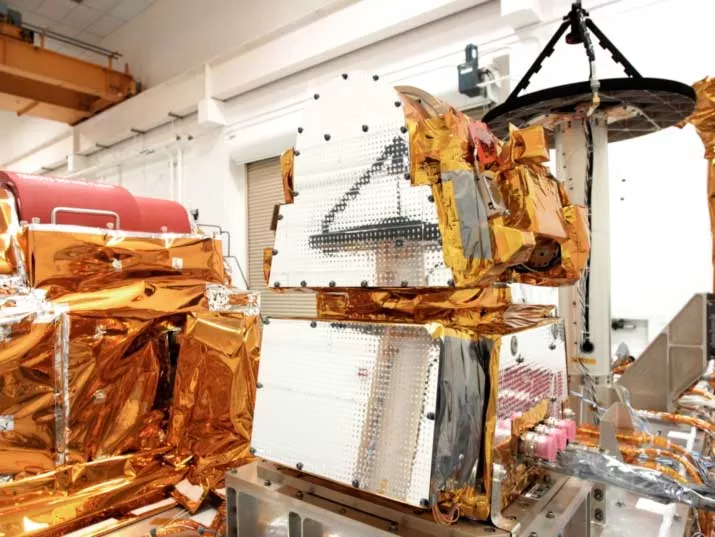Climate is controlled by the amount of sunlight absorbed by Earth, and the amount of heat energy radiated back into space. Earth’s climate system tries to balance the incoming and outgoing energy.
Measurements from the Clouds and the Earth's Radiant Energy System (CERES) instrument help scientists understand the links between the energy being absorbed and emitted by Earth’s climate, and the properties of the atmosphere (like clouds) that affect that energy balance. This helps with climate and weather science, and applied science research.
CERES instruments are flying onboard the Suomi NPP and NOAA-20 satellites. A number of CERES instruments fly on other Earth-observing satellites, like Aqua and Terra, to provide comprehensive data sets. The CERES follow-on mission, Libera, will fly onboard the JPSS satellite NOAA-22, which is being prepared for launch readiness in 2027.
The CERES data record extends back to 1997. Prior to CERES, the Earth Radiation Budget Experiment (ERBE) collected similar data beginning in 1984.

Benefits
- The observations from CERES help measure the effect of clouds on Earth’s energy balance, which strongly influences both weather and climate.
- CERES allows scientists to validate models that calculate the effect of clouds in driving planetary heating or cooling.
- CERES' global observations provide data for improving seasonal climate forecasts, including cloud and radiative aspects of large-scale climate events like El Niño and La Niña.